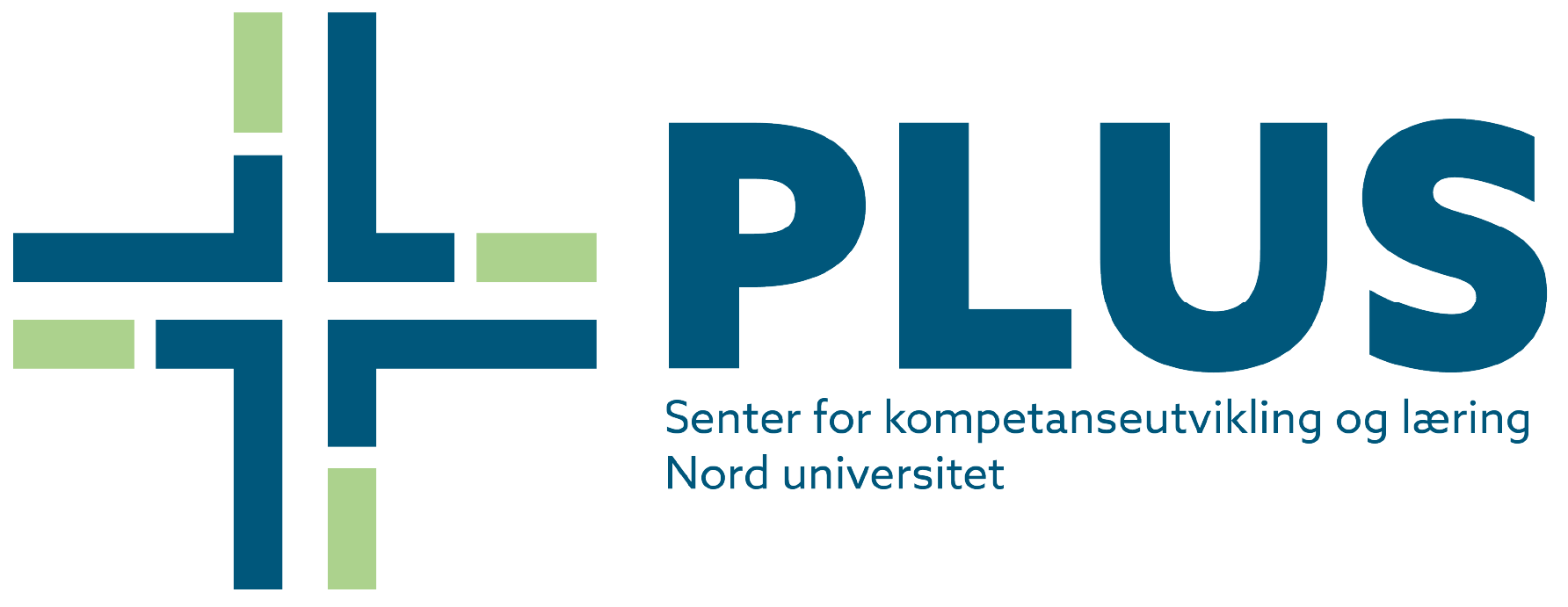A Second Successful Year of the Teaching Forum – Undervisningsforum! And an Invite for 2025
By Amsale Temesgen and Anna CohenMiller, 19 June 2024
Research shows the power of facilitating lifelong learning at conferences. Such spaces can be developed to create inclusive spaces for diverse sets of people and address current changes in the landscape of teaching, learning and pedagogy, such as virtual conferences and events.
In April of this year, faculty members from across disciplines came together online to share insights and ideas about teaching and learning at the second annual Teaching Forum at Nord University — Undervisningsforum 2024 — led by Bjørg Ramskjell, Randi Stemland and team at the Center for Learning and Technology at Nord University.
The event was well-received and attended. Participants engaged in online activities offered and actively asked questions. These types of interactions showcase a depth of learning, suggesting both formal and informal learning processes, such as building community. The process is underway for next year’s Teaching Forum, with the event scheduled for 16-17 April 2025. So be thinking of what you might want to present!
Throughout the day, it became clear how such events offer significant opportunities for teaching and learning through:
(1) Developing new insights,
(2) Networking with colleagues, and
(3) Extending teaching and learning through researching our own work (praxis).
The following is an overview of the Forum written by one of the presenters, Associate Professor Amsale Temesgen. In the description, we get a chance to hear an overview of some takeaways and ideas relating to teaching, learning and research.
Teaching Forum 2024
The Teaching Forum was launched with Professor Anna CohenMiller offering an Indigenous land acknowledgement (for suggested phrasing, see below), which helped to anchor the forum in its historical and geographical context. We may be focused on the specificities of the day’s tasks with presentations, sharing insights and experiences as educators, and inspiring each other, but we are also part of the flow of time and as such connected to the past and the future. Such invocations have the power to widen our horizons, humble us and remind us to be kind to each other and to mother nature. Professor CohenMiller then discussed how educators can research on their teaching practice and introduced action research. There was a wealth of information on how to conduct action research; we got to see useful resources and publications that could be relevant for educators that want research their own practice.
The day was packed with interesting presentations from educators passionate about their profession. They clearly care about their students and that the students get the most out of their time in the classroom. Student-centered teaching and learning activities were at the heart of many of the presentations.
Assistant Professor Bård Yngve Gullvik started out by pointing out the worrisome statistic that 25% of students drop out of higher education even when they are doing well on their exams. Highschool students state that they find school to be boring and uninteresting, and some drop out of school all in all. He indicated that one problem could be that there is an overemphasis on theory in teaching in high school and higher education. He argued for a turn towards a socio-cultural approach to learning where dialogue and the dialogical teaching practice occupies a central place. Learning happens as students engage in dialogue and connect theoretical concepts to real-world examples.
Then Associate Professor Arne Sørensen reminded us that we all have different preferences regarding how we learn and assimilate new information. The method that works well for one student, may not work as well for another. He then actively involved the students in developing teaching and learning activities and assessed the effect of the exercise. One of the graphs from this assessment was striking. He asked the students which teaching methods worked best for their learning outcome and produced a graph that showed the result. The graph showed that sessions with practical exercises led by the teacher was the most preferable, while traditional lectures and reading syllabus scored the lowest on the students’ perception of the activities’ educational value. The students appreciated being involved in this way and stated that it gave them both autonomy and predictability.
Following, Postdoctoral Fellow Leonie Isabelle Johann presented findings from a pilot project she and her colleagues implemented in the teacher education in the natural sciences. Their pilot project focused on the inclusion of student assistants in developing assessment and evaluation practice and the use of the digital tool, LearnLab. They found that involving student assistants in the evaluation work can be time consuming but has a significant potential to improve educators’ and students’ assessment skills and competence.
Then Assistant Professor Ragna Hovig Ødegaardshaugen presented a pilot project focusing on cinematic storytelling as a teaching method. Inspired by the digital storylines created by University of South-Eastern Norway (LUDO I Storefri (usn.no)) and the rich material they provide, she used this tool as a teaching method with students. The student response was overwhelmingly positive and suggested that this method could provide infinite possibilities if explored and developed further. It could be developed at Nord as a collaboration between study programs that educate professions that involve children. As long as the storylines are carefully developed, this method could contribute to closing the gap between theory and practice, and between university and the applied field.
Associate Professor Paula Sofie Haugan and Assistant Professor Einar Dahlum presented their experience with the use of simulations as a learning activity. The students engage in role-plays that simulate actual tasks they will undertake as teachers. As some students engage in role-plays, others observe and the whole exercise ends with reflections and discussion. They show the potential of the method in achieving learning outcomes.
University educator Martin Steinholt talked about the inspiring project of having students produce TV-programs of their research/theoretical concepts. This requires an innovative approach to communicating scientific knowledge outside of the classroom and it was wonderful to see how the students took the challenge and did a great job.
And in finalizing the day, I (Amsale) discussed how I’ve applied digital technology to connect complex concepts from philosophy of science to everyday life examples to teach the students critical thinking skills. In addition, by experimenting with the physical set-up of classrooms and using workshops, I showed how I increased students’ participation in class and their satisfaction with the learning activities. At the end of the presentation, I asked the audience how they encourage critical thinking in their classes. The participants gave creative answers such as by creating safe spaces for reflection, discussion, and wonder, and by connecting to real-life practice, they encourage critical thinking skills in their students.
Looking forward to hearing your thoughts! Keep an eye out for more information for the 16-17 April 2025 event!
I acknowledge and respect the history, languages, and cultures of the Indigenous people of this land, whose presence continues to enrich our institutions. Nord University geographically covers the traditional Lule, Pite, Ume and South Sámi areas in Sábme/Saepmie. Nord University has a national responsibility for Lule and South Sámi education and research. And I say thank you in Sami – gijtto/gæjhtoe — for the opportunity to work and connect with the community in these spaces.
Suggested Land Acknowledgment as developed with Nord Indigenous scholar, @Sandra Maria Nystø Rahka

